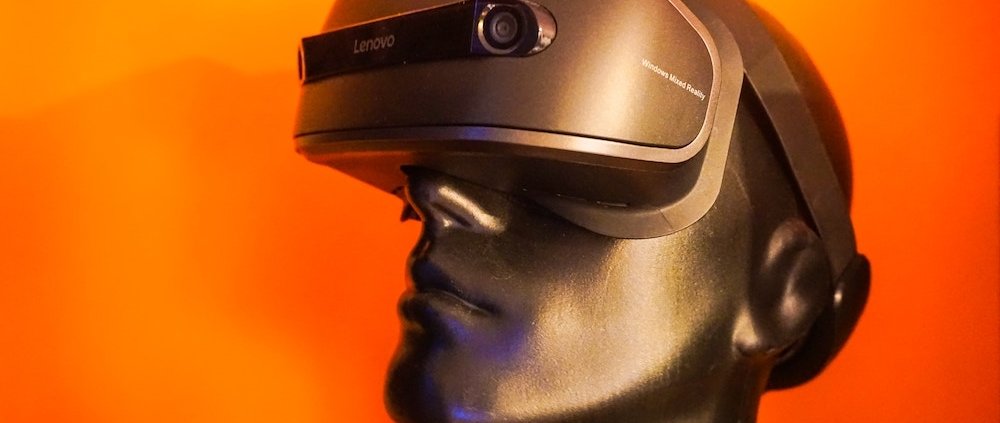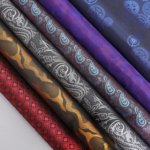Artificial Intelligence and Fashion: Krown Kouture Insights
A dress that changes colors depending on the mood of the wearer! A robot on the ramp! Chatbots answering your fashion questions!
Yes, it is all possible with the help of Artificial Intelligence (AI). AI has spread its wings far and wide. This along with robotics and machine learning enables tasks that were once preserved for only humans. It uses large pools of data. And has transformed business and fashion world feels it too.
However, lot of questions are raised. How does AI help? How will it replace something creative? What will happen to human jobs? What’s the future? And Krown Kouture is here to answer everything.
How It Helps?
To start with, AI drives greater speed and lower cost. Moreover, every stage of the supply chain improves. AI has the potential to drive improvements in forecasting and merchandising. As well as in production and delivery. Henceforth, helping retailers.
Also, AI helps in ensuring retailers have enough stock of the most in-demand items. This is because AI tools help in demand forecasting. In the best cases, such tools reduce forecasting errors by up to 50%. And reducing inventory by 20% to 50%.
In a world full of technology, the blend with creativity is a must. AI opens out a lot of ideas as to what technology can do. It is of great help if one knows how to utilize it. Thereupon, AI powers productivity and creativity.
Use Cases
For instance, let’s take Amazon. It is on the verge of launching the first clothing designer powered by AI. Interestingly, with the help of a powerful algorithm it has developed. It analyzes images and replicates styles. Uniquely, this data can be used to develop new designs that appeal to customers on the basis of previous preferences.
And the Indian designers are using it too. One of them is analyzing more than 600,000 images of international fashion shows. They expect the project to enable them to map out a future for fashion. Particularly, basing on the long-term trends observed in the past.
The fashion start-up Stitch Fix is another example. Unlike traditional designers, its team does use mood boards. Instead, they depend on the algorithms built into their AI tools.. These tools use the profiles completed by clients. Then, search through 30 million combinations of clothing. Finally, handpicking items they expect to fit the customer’s tastes, needs and budget.
The End-Users
Certainly, for a brand, the focus is always going to be improving a consumer’s experience. Be it offline or online. And it depends on retail productivity. In fact, take luxury brands like Burberry and Tommy Hilfiger. They have chatbots to help users with their queries 24/7.
Farfetch’s Store of the Future is a great example of what is possible. It aims to use data to improve the experience of a shopper. It has tools such as automatic customer recognition as the shopper enters the store. Also, RFID-enabled customer racks to boost inventory and support purchasing. And digital mirrors that allow customers to compare combinations of different sizes, colors and styles.
On the other hand, in India, a designer duo is the first to launch an interactive online shopping video. Wherein the consumer gets to take a closer look at a dress worn by a celebrity. And also help design a look specifically for them. Customized and Personalized!
Krown Kouture’s Take
Primarily, we need to look at AI differently. We need to see something that can help the humans in this world. How about giving the mundane tasks to robot and making our designers free? The designers could then focus on higher value decision-making. Moreover, with so many use cases, one may need to think about their priorities for AI. Indeed, AI can add value.
Secondly, AI is sure to create new jobs. But its automation will also mean that a lot of jobs done by human hands will become redundant. And if brands take first mover’s advantage, the future of AI could definitely be bright.
Henceforth, the secret will be to have a value. One that has long driven success. It is collaboration. In practice, AI tools are likely to support much of the work currently done by designers, rather than replacing them. And while some tasks may disappear, AI will also create new opportunities.




Leave a Reply
Want to join the discussion?Feel free to contribute!